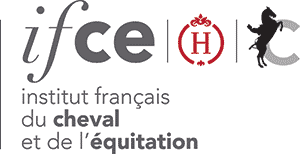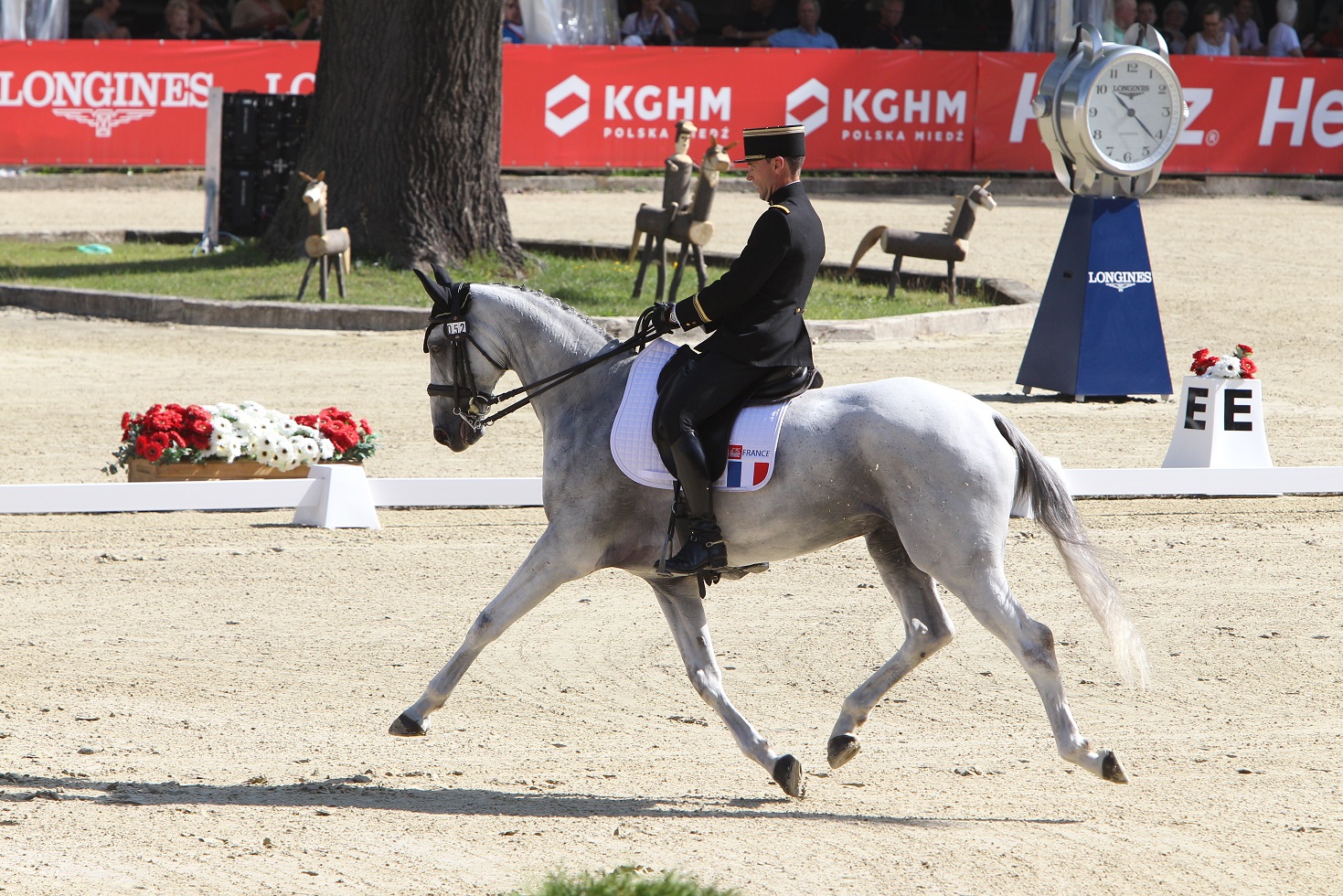

Judging at horse shows
Showing and ensuing judging rank animals according to criteria of conformation and gaits and depending on the breed. It is used for most breeds of equids.


The principles in judging
Judging is a way to appreciate the quality of equids, it is used in horse shows (showing in hand) to rank horses of a same category (example: foals).
These shows are part of breeding programmes in most breeds. Their purpose is to characterize animals with a view to selecting them as defined by the breed studbook. They also give breeders an incentive to prepare the horses with a view to selling them. Selection committees award prizes according to the established ranking.
Method
Historically each horse was given an overall mark at a show, which reflected conformation criteria assessed at a halt, and gaits assessed in movement. (see the fact sheet: how to assess a horse). Over time this overall mark was replaced by a judging grid which made the marking more “pedagogical”, and enhanced strengths and weaknesses of each animal presented.
The judges give a mark for each criteria, which they can justify with a detailed comment. Example: a mark of 3/10 for the trot, because the said horse is dissymmetrical.
Unlike the scoring card grid, the higher the mark, the better it is, and inversely, the lower the mark the worse it is. Marking grids can give marks out of 10 or 20, depending on the breed.
| Mark | Corresponding qualifying term |
|---|---|
| 10 | Excellent |
| 9 | Very good |
| 8 | Good |
| 7 | Quite good |
| 6 | Satisfactory |
| 5 | Sufficient |
| 4 | Insufficient |
| 3 | Quite bad |
| 2 | Bad |
| 1 | Very bad |
| 0 | Non-existant |

Judging can be carried out on different categories of animal….
Foals
Yearlings
2 year old youngsters
3 year olds ridden or in hand
Mares with foals
future reprocers (entire horses)
….. and in different level shows: local, regional, national and even international for Arab horses. A horse has to qualify in a level to be able to take part in the next level up. For some breeds the mark obtained for conformation and gaits in the national show, serves as a basis for approving stallions.
Whatever the breed, judging at shows is based on conformation and paces in hand, at a walk and trot. For sports breeds, the paces can also be assessed in a loose arena, or ridden, as can jumping (loose jumping or ridden).
For any information on the judging grids, refer back to the breed’s selection committee (website).
Restitution
Following judging, the competitors in a section are sometimes “called back” and presented to the jury all at once, in the provisional ranking order. This enables the judges to readjust their ranking and establish a final ranking.
The restitution then takes place and each breeder can retrieve his horse’s results. The results are usually presented as a form with the details of each mark for each criteria.
Example: Category: Selle- Français foals
SF Foals - Foal Mark : 6,70 / 10 Judges : Appreciation of the jury :
|

Know more about our authors
- Translated from french by : Karen DUFFY Translator
- Margot SABBAGH Development engineer IFCE
- Bernard DUMONT SAINT PRIEST Development engineer IFCE
- Sophie DANVY Development engineer IFCE









